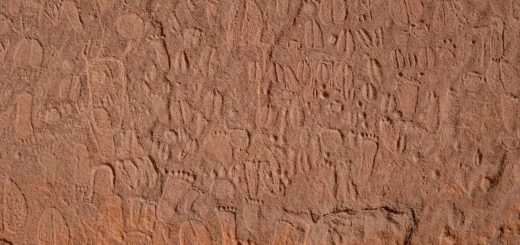Mathematicians create a tetrahedron that always lands on the same side
With the help of powerful computers, researchers discovered a four-sided shape that naturally rests on one side, and built a real-life version from carbon fibre and tungsten
By Alex Wilkins
27 June 2025
The self-righting tetrahedron
Gergő Almádi et al.
A four-sided shape that will always come to rest on the same side no matter what side it starts on has been built by mathematicians, decades after it was first proposed to exist.
Mathematicians have long been fascinated by self-righting “monostable” shapes, which have a preferred resting spot when placed on a flat surface. One famous example is the Gömböc, a curved, tortoise-shell-shaped object that has a precise weight distribution and will rock side to side until it reaches the same stable resting place.
Read more
Mathematicians solve 125-year-old problem to unite key laws of physics
In 1966, mathematician John Conway was working on how straight-edged shapes balance and proved that a four-sided shape, or tetrahedron, with an even distribution of mass would be impossible. However, he told his colleagues at the time that an unevenly balanced monostable tetrahedron could be possible, but never proved it.
Now, Gábor Domokos at the Budapest University of Technology and Economics, Hungary, and his colleagues have built a monostable tetrahedron, which they call the Bille, using carbon-fibre struts and a plate made of ultra-dense tungsten carbide. The name comes from the Hungarian word for tip, billen.
They first started work on the problem when Domokos asked his student, Gergő Almádi, to search for Conway’s tetrahedron by conducting a brute-force search with powerful computers. “You check every tetrahedron, and with some luck, you find it, or with time, or with [computing power], or a mixture of those,” says Domokos.


